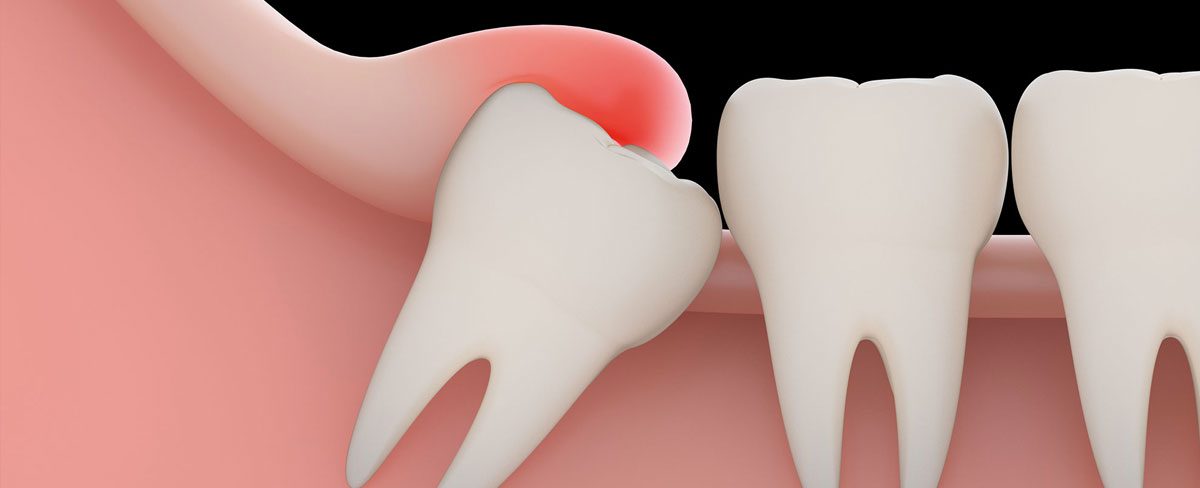Everyone responds differently to anesthesia. If you had a local anesthetic and feel alert, you might be able to drive home to begin your recovery. You might even be able to go back to work or do your normal activities. If you had general anesthesia or still feel drowsy, you’ll need someone to drive you home.
Most people have little to no pain after surgery. You’ll likely have swelling and mild discomfort for 3 or so days. Your mouth may need a few weeks to completely heal.
Follow your dentist’s instructions for a quicker recovery. Here are some tips for the first 3 days after surgery:
Dos:
- Use an ice pack on your face to curb swelling or skin color changes.
- Use moist heat for a sore jaw.
- Gently open and close your mouth to exercise your jaw.
- Eat soft foods like pasta, rice, or soup.
- Drink plenty of fluids.
- Brush your teeth starting the second day. Don’t brush against any blood clots.
- Take the drugs your doctor prescribes to ease pain or swelling.
- Call your doctor if you have a fever, or if your pain or swelling doesn’t improve.
Don’ts:
- Don’t drink through a straw. Sucking may loosen blood clots that help your mouth heal.
- Don’t rinse your mouth too harshly. Your doctor may suggest rinsing gently with saltwater.
- Don’t eat hard, crunchy, or sticky foods that may scratch your wounds.
- Don’t smoke. Smoking can slow your healing.




